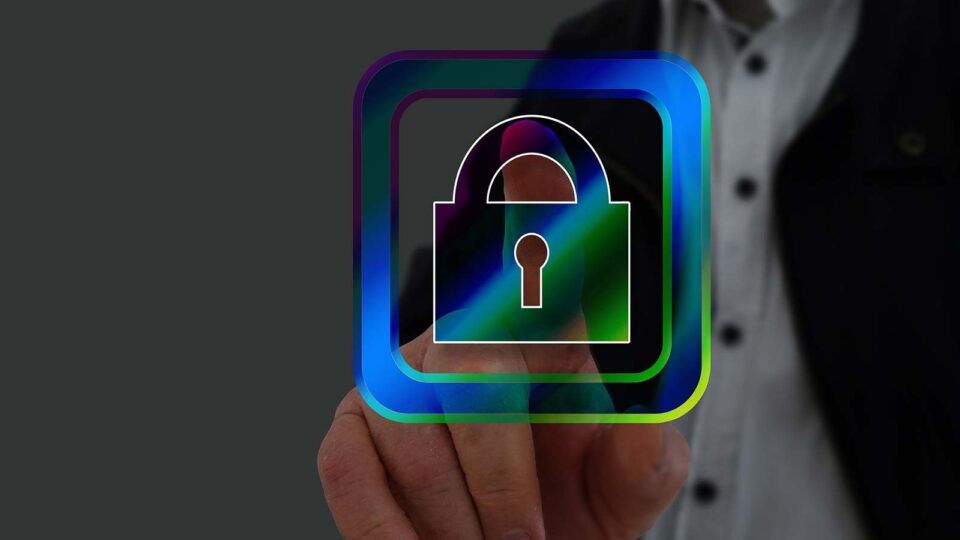Are your customers who they say they are? For businesses, this has become the million-dollar question with trillions of dollars at stake. With global losses from cybercrime expected to have risen to more than $6 trillion in 2021, no digital identity is safe from bad actors.
With many businesses still relying on traditional methods of authenticating customers (i.e. a one-time password sent via SMS), not only is customer experience lacking, but scammers are quickly catching on and upping their game.
Recommended IT Cloud News: Allegro Clients To Benefit From Enhanced Credit Decisioning With Scienaptic AI
But there are ways to help safeguard the process for authenticating user identity. By exploring five key questions, once answered, they can help provide a safe and reliable way forward for cybersecurity leaders to inform about technology strategy.
Is the Session Secure?
The first question to ask is, “is the session secure?”
It explores whether the website or application being used is truly secure, or if it has been compromised by a bad actor. Increasingly prevalent are man-in-the-middle (MITM) attacks where scammers intercept communications between two parties, either to “eavesdrop” or directly modify traffic. By inserting a fake web page or data capture tools into the process, MITM attacks are very effective for skimming and collecting information from consumers. The user is none the wiser and continues using the application while their personal information is being stolen.
With proper protocols in place, digital identity can be protected when users first begin interacting with an application, flagging the user is compromised and needs to terminate the session.
Top IT Blogs: Four Capabilities Digital Agencies Should Look for in An Infrastructure Provider
Is the User Human?
Once the session has been confirmed as secured, the next step is to make sure the user is a legitimate human and not a bot. Bots make up nearly two-thirds (64%) of internet traffic, and while good bots (i.e. search engine crawlers, social networking or monitoring bots) make up 25% of that, bad bots – those built to perform malicious activities and interact with applications just like a legitimate human user would – therefore account for almost half (39%) of all traffic.
The issue seems to be especially prevalent on our side of the pond with North America alone accounting for 67% of bad bot traffic globally. A common example of how a bad bot would be leveraged is a reverse brute force attack, where bad actors obtain password information from a data breach and then use bots to “force” millions of usernames until they find a match.
Cybersecurity Update:
Cloudflare, CrowdStrike, and Ping Identity Join Forces to Strengthen U.S. Cybersecurity in Light of…
With the use of behavioral biometrics, you can determine how someone is interacting with a web page or application and ascertain from things like how the user types or swipes if they are truly human.
Is the User Legitimate?
With the session confirmed secure and the user confirmed to be human, the next step is to ensure the user is legitimate.
This is achieved through two methods, first is to use a verification provider to ensure the user is who they say they are by using a selfie and a photo of government-issued identification.
The second is through developing a behavioral biometric profile paired with location info, swiping patterns, device information and other signals to see if a user is legitimate from the way that they input their details and where they are attempting access from.
Recommended: Edge-ing out the Cloud: Is Cloud Computing Dead?
Is the User Being Tricked?
Ultimately, fraudsters are going to trick good users and they’ve gotten really good at it. Remote Access Trojans (RAT) are malware designed to allow a bad actor to remotely control an infected computer. Once the RAT is running on a compromised system, the attacker can send commands and receive data back in response. A common scam is someone calling from your “bank” and claiming you’ve been impacted by a cyber-attack, and you need to transfer money into new accounts, opened by the attacker.
While these attacks are hard to catch, intervening dynamically at the right moment using technology to detect the signs of such an attack, like a user suddenly transferring large sums of money to someone for the first time, can help. Once detected, the user will be sent a message asking if they are currently on the phone with their “bank,” explaining they’ve been compromised and to terminate the session and contact their actual bank immediately.
How Can We Manage Risk and User Experience?
Customer experience is key and walking the line between improving the user experience while also mitigating risks is how cybersecurity leaders can help set their organizations apart. With a multitude of components to manage, options like the use of orchestration capabilities, where different solutions can be linked together in one user interface with virtually no coding experience necessary, allow for several layers of defense to be created and customized.
Using these five questions, cybersecurity leaders can more easily ascertain if consumers are who they say they are and provide a safe and reliable way to verify digital identity, ensuring only legitimate, genuine human sessions are allowed.


